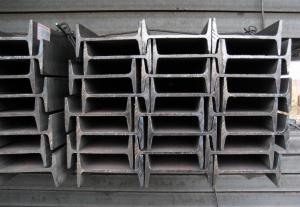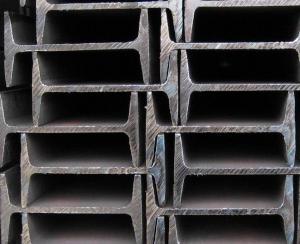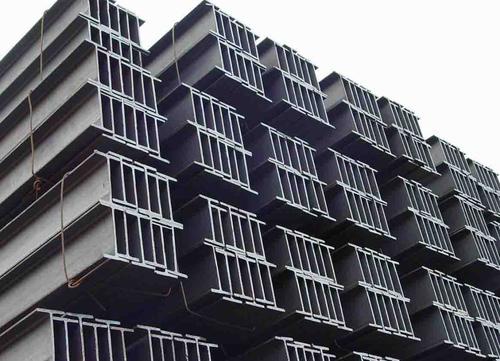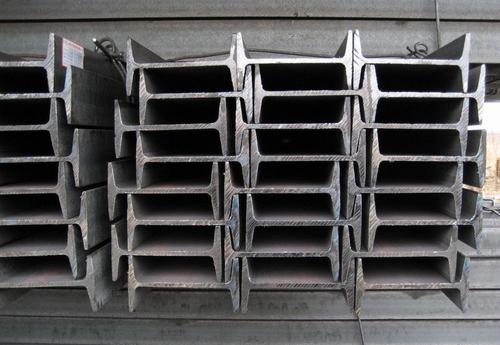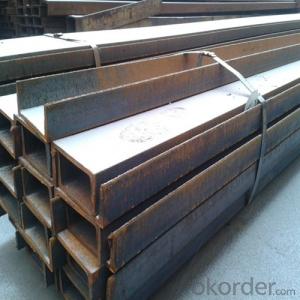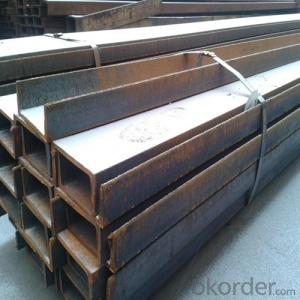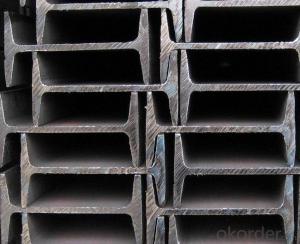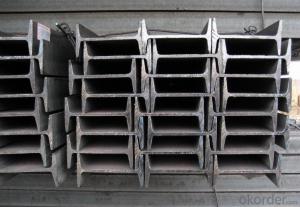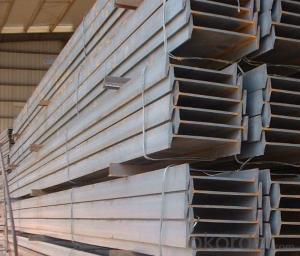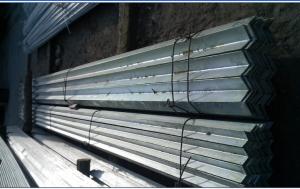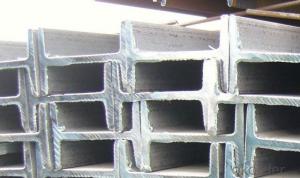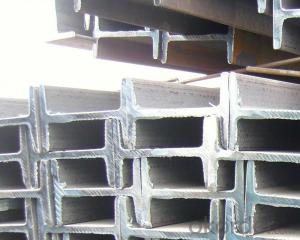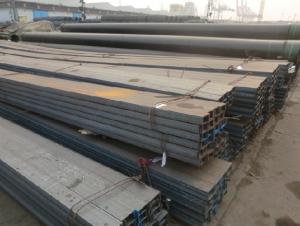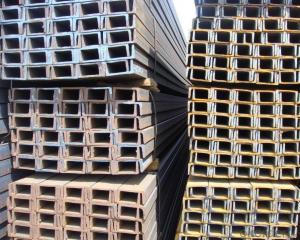IPE/IPEAA Beam in Material Grade GB-Q235
- Loading Port:
- Tianjin
- Payment Terms:
- TT OR LC
- Min Order Qty:
- 25 m.t.
- Supply Capability:
- 10000 m.t./month
OKorder Service Pledge
OKorder Financial Service
You Might Also Like
Product Description:
OKorder is offering high quality Hot Rolled Steel I-Beams at great prices with worldwide shipping. Our supplier is a world-class manufacturer of steel, with our products utilized the world over. OKorder annually supplies products to European, North American and Asian markets. We provide quotations within 24 hours of receiving an inquiry and guarantee competitive prices.
Product Applications:
1. Supporting members, most commonly in the house raising industry to strengthen timber bears under houses. Transmission line towers, etc
2. Prefabricated structure
3. Medium scale bridges
4. It is widely used in various building structures and engineering structures such as roof beams, bridges, transmission towers, hoisting machinery and transport machinery, ships, industrial furnaces, reaction tower, container frame and warehouse etc.
Product Advantages:
OKorder's Steel I-Beams are durable, strong, and resist corrosion.
Main Product Features:
· Premium quality
· Prompt delivery & seaworthy packing (30 days after receiving deposit)
· Corrosion resistance
· Can be recycled and reused
· Mill test certification
· Professional Service
· Competitive pricing
Product Specifications:
1. Invoicing on theoretical weight or actual weight as customer request
2. Standard: EN10025, GB Standard, ASTM
3. Grade: Q235B, Q345B, SS400, ASTM A36, S235JR, S275JR
4. Length: 5.8M, 6M, 9M, 12M as following table
5. Sizes: 80mm-270mm
Dimensions(mm) | |||||
h | b | s | t | Mass Kg/m | |
IPE80 | 80 | 46 | 3.80 | 5.20 | 6.00 |
IPE100 | 100 | 55 | 4.10 | 5.70 | 8.10 |
IPE120 | 120 | 64 | 4.80 | 6.30 | 10.40 |
IPE140 | 140 | 73 | 4.70 | 6.90 | 12.90 |
IPE160 | 160 | 82 | 5.00 | 7.40 | 15.80 |
IPE180 | 180 | 91 | 5.30 | 8.00 | 18.80 |
IPE200 | 200 | 100 | 5.60 | 8.50 | 22.40 |
IPE220 | 220 | 110 | 5.90 | 9.20 | 26.20 |
IPE240 | 240 | 120 | 6.20 | 9.80 | 30.70 |
IPE270 | 270 | 135 | 6.60 | 10.20 | 36.10 |
FAQ:
Q1: Why buy Materials & Equipment from OKorder.com?
A1: All products offered byOKorder.com are carefully selected from China's most reliable manufacturing enterprises. Through its ISO certifications, OKorder.com adheres to the highest standards and a commitment to supply chain safety and customer satisfaction.
Q2: How do we guarantee the quality of our products?
A2: We have established an advanced quality management system which conducts strict quality tests at every step, from raw materials to the final product. At the same time, we provide extensive follow-up service assurances as required.
Q3: How soon can we receive the product after purchase?
A3: Within three days of placing an order, we will begin production. The specific shipping date is dependent upon international and government factors, but is typically 7 to 10 workdays.
Images:
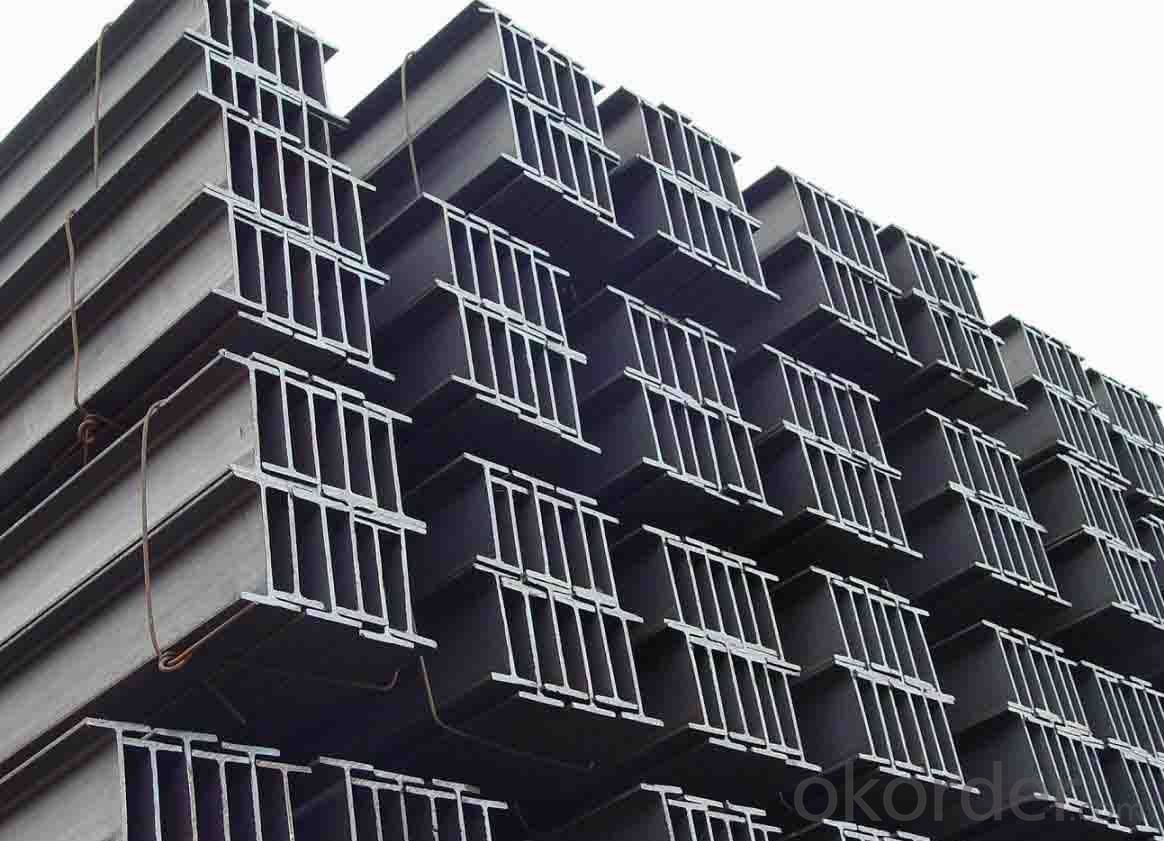
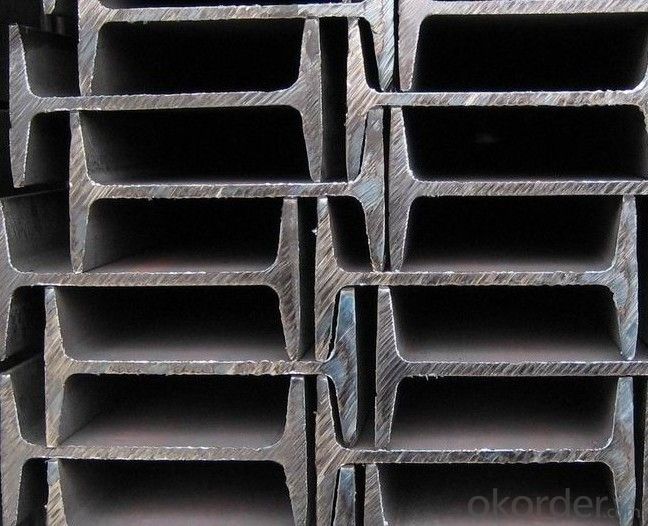
- Q: Can steel I-beams be used for pedestrian bridges?
- Yes, steel I-beams can definitely be used for pedestrian bridges. Steel I-beams are commonly used in the construction industry due to their strength, durability, and ability to support heavy loads. When designing pedestrian bridges, engineers consider various factors such as the expected pedestrian traffic, span length, and safety requirements. Steel I-beams are often chosen for pedestrian bridges because they can provide the necessary strength to support the weight of pedestrians while ensuring the bridge's stability. Additionally, steel I-beams are versatile and can be easily fabricated and installed, making them a suitable choice for constructing pedestrian bridges.
- Q: Are Steel I-Beams susceptible to termite damage?
- No, steel I-beams are not susceptible to termite damage as they are made of steel, which is not a material that termites can feed on or damage.
- Q: What are the common challenges involved in working with steel I-beams?
- When dealing with steel I-beams, there are several challenges that one may encounter. One of the most common challenges is their weight and size. Steel I-beams are heavy and often require specialized equipment and machinery for transportation and installation, leading to logistical difficulties and increased project costs. Another challenge is their lack of flexibility. Although steel I-beams are known for their strength and durability, this rigidity can make it difficult to accommodate changes or modifications during construction. Any alterations may necessitate cutting, welding, or additional reinforcements, which can be time-consuming and expensive. Maintaining the structural integrity of steel I-beams is also a challenge. They are prone to corrosion, especially in high humidity or chemical-exposed environments. To prevent rust and ensure long-lasting durability, proper coating and regular maintenance are essential. Furthermore, the installation of steel I-beams often requires precise measurement and alignment to ensure proper load distribution and structural stability. Any inaccuracies or errors in measurement can result in structural issues or safety hazards. Fire resistance poses another challenge. Although steel I-beams have a high melting point, prolonged exposure to high temperatures can weaken their structural integrity. To mitigate this risk, fire-resistant coatings or additional fire protection measures are often necessary. Lastly, cost can be a significant challenge when working with steel I-beams. Steel is generally more expensive than other building materials, so budget constraints may limit their use in construction projects. Moreover, the fluctuating prices of steel can impact project budgets and timelines. In conclusion, while steel I-beams offer numerous advantages such as strength and durability, they also present challenges related to weight, rigidity, maintenance, alignment, fire resistance, and cost. Overcoming these challenges requires careful planning, expertise, and adherence to industry standards and best practices.
- Q: What are the typical costs associated with steel I-beams in construction projects?
- The typical costs associated with steel I-beams in construction projects can vary depending on various factors such as the size, weight, and quality of the beams, as well as the current market prices. However, on average, the cost of steel I-beams can range from $6 to $20 per linear foot. It's important to note that additional costs may also be incurred for any necessary fabrication, transportation, or installation of the beams.
- Q: Are steel I-beams cost-effective compared to other structural options?
- Comparatively, steel I-beams are a cost-effective option when compared to alternative structural choices. Steel, being an incredibly durable and versatile material, offers numerous advantages in terms of strength, load-bearing capacity, and longevity. A notable feature of steel I-beams is their exceptional strength-to-weight ratio, allowing them to bear heavy loads while utilizing minimal material. This not only reduces construction expenses but also maximizes available space efficiency. Moreover, steel is readily accessible, making it a more convenient and cost-effective sourcing option when compared to other alternatives. Additionally, steel is highly recyclable, making it an environmentally conscious choice. The longevity of steel I-beams ensures a prolonged lifespan, reducing the need for frequent repairs or replacements, thereby further contributing to their cost-effectiveness. Furthermore, steel structures can be prefabricated, resulting in reduced construction time and labor expenses. The ease of assembly and modular nature of steel I-beams make them suitable for a wide range of applications, including residential, commercial, and industrial projects. However, it is crucial to acknowledge that the cost-effectiveness of steel I-beams may vary depending on various factors, such as project requirements, design complexity, and regional material availability. Therefore, it is advisable to consult with structural engineers and construction professionals to accurately assess the specific needs and constraints of a project and determine the most cost-effective solution.
- Q: What are the benefits of using steel I-beams in construction?
- There are several benefits to using steel I-beams in construction. Firstly, steel I-beams are known for their exceptional strength and durability. They can withstand heavy loads and provide structural stability, making them ideal for supporting large structures such as bridges, skyscrapers, and industrial buildings. Secondly, steel I-beams offer versatility in design. Their unique shape allows for efficient distribution of weight, enabling architects and engineers to create more open and spacious floor plans without the need for excessive columns or support walls. This flexibility in design allows for more creative and aesthetically pleasing constructions. Additionally, steel I-beams are highly fire-resistant. Steel is a non-combustible material, meaning it does not contribute to the spread or intensity of a fire. This makes steel I-beams a safer choice for construction, providing valuable time for evacuation and minimizing damage in the event of a fire. Furthermore, steel I-beams are relatively lightweight compared to other construction materials, such as concrete. This makes them easier to transport and install, reducing construction time and costs. The lightweight nature of steel I-beams also allows for more efficient use of resources, as less material is required to achieve the same structural integrity. Moreover, steel is a sustainable and environmentally friendly material. It can be recycled indefinitely without losing its properties, reducing the need for virgin materials and minimizing waste. By using steel I-beams in construction, builders can contribute to a more sustainable and eco-friendly industry. In summary, the benefits of using steel I-beams in construction include their strength, versatility in design, fire resistance, lightweight nature, and sustainability. These advantages make steel I-beams a popular choice for a wide range of construction projects, offering both practical and aesthetic benefits.
- Q: What are the different methods of reinforcing steel I-beams?
- There are several methods of reinforcing steel I-beams, including adding additional steel plates or angles to the flanges, using steel channels or sections as stiffeners, welding additional steel plates or angles to the web, or incorporating carbon fiber reinforced polymer (CFRP) strips or sheets. These methods help increase the load-carrying capacity, stiffness, and durability of the I-beams, making them suitable for various structural applications.
- Q: Can steel I-beams be used for rooftop equipment supports?
- Yes, steel I-beams can be used for rooftop equipment supports. Steel I-beams are commonly used in construction for their high strength and load-bearing capabilities. They provide a sturdy and durable option for supporting heavy equipment on rooftops. Additionally, steel I-beams can be easily customized and fabricated to meet specific requirements, making them a versatile choice for rooftop equipment support systems. However, it is important to ensure that the structural integrity of the building can handle the additional weight and that proper engineering calculations are performed to determine the appropriate size and configuration of the steel I-beams to safely support the rooftop equipment.
- Q: Help: how can I sample steel beams?
- I-beam sampling is similar to steel reinforcement sampling:Randomly selected one or a plurality of sampling locations and sampling standard, steel, 50Cm after the number of interception head, pull a size of 40Cm and 35Cm, to cut a four molecular beam interception.
- Q: How do steel I-beams perform in terms of thermal expansion?
- Steel I-beams possess a relatively low coefficient of thermal expansion, enabling them to exhibit strong performance in terms of thermal expansion. This implies that, when confronted with temperature changes, they expand and contract to a lesser degree compared to other materials. The primary reason for the low coefficient of thermal expansion in steel I-beams is the material's inherent properties, which demonstrate minimal expansion or contraction when exposed to heat or cold. Consequently, steel I-beams are highly resistant to warping or distortion caused by temperature fluctuations, rendering them exceptionally dependable and structurally stable in diverse environmental conditions. This characteristic proves particularly advantageous in critical construction and engineering projects that demand precise measurements and stability. In summary, steel I-beams are widely recognized for their outstanding thermal expansion properties, which contribute to their extensive utilization across various industries.
Send your message to us
IPE/IPEAA Beam in Material Grade GB-Q235
- Loading Port:
- Tianjin
- Payment Terms:
- TT OR LC
- Min Order Qty:
- 25 m.t.
- Supply Capability:
- 10000 m.t./month
OKorder Service Pledge
OKorder Financial Service
Similar products
Hot products
Hot Searches
Related keywords

